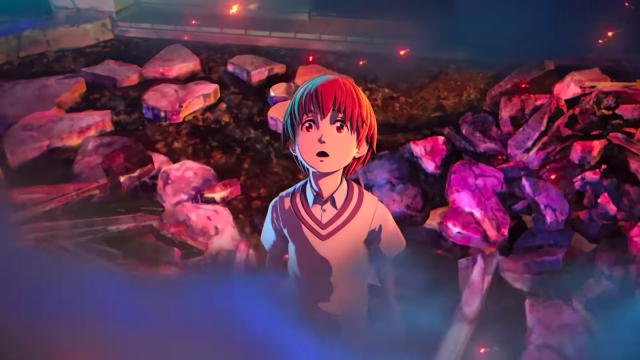
GAMERA: Rebirth
Duties performed: Character Rigging, R&D, QA (Shot check)
2020 ~ 2023
This was the biggest project I’ve had the opportunity to participate in so far and I learned a lot during the process. Currently scheduled for release on Netflix in the second half of 2023, after the release I will update here with more information about my participation in the production.
Homepage: gamera-rebirth.com/
![]()


 日本語
日本語 Português
Português